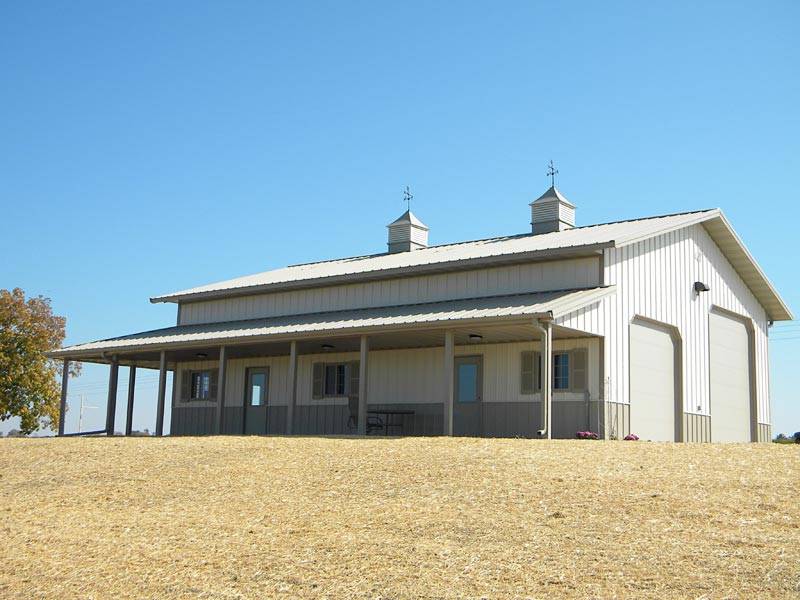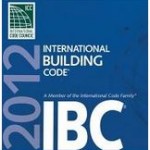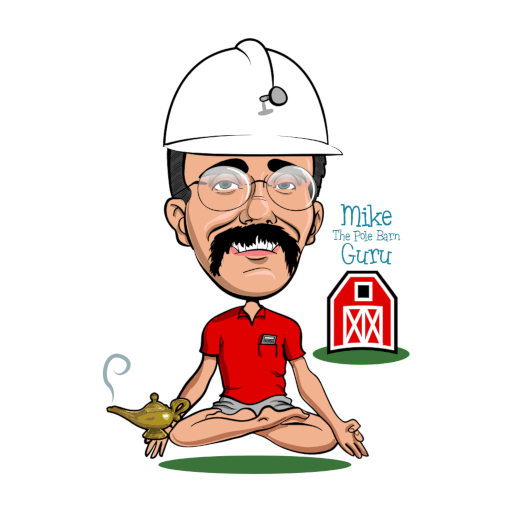Fiberglass insulation is difficult to write about. In my opinion just about everyone knows about this topic or how the product works. There just isn’t much sizzle to the topic. I would hate to work for an advertising agency or public relations firm having to write about this stuff on a weekly or monthly basis! What can you say about fiberglass to excite potential pole building owners or contractors?
I actually started researching fiberglass insulation when questioned by a Building Official as to the amount of weight it would add to a roof system. Fiberglass is a very lightweight material. In this particular case, to obtain an R-factor of 49, it would take 20-1/2 inches of blown in fiberglass. Installed with the proper density, this thickness adds a weight of only .922 pounds per square foot. This means every inch of fiberglass insulation is adding only .045 pounds of weight!
This kind of weight will not overload average ceiling materials. The biggest concern – proper installation of ceiling drywall. Often drywall hangers do not install enough screws in ceilings (note – screws, not nails). A minimum of five screws need to be used across a four foot wide panel. This means one at each edge and then spaced every foot across the panel. It is essential to not tear through the drywall paper, so do not count any screws which do.
I wondered if flow-through ventilation for attics actually sucked air and heat from attic fiberglass insulation (all attic spaces require ventilation, by Building Code). According to the experts, batt insulation does not suffer from convective heat loss. Blown-in fiberglass, however, can suffer minimal heat loss in very cold regions. This loss only begins to happen when attic temperatures drop below freezing.
How about the R-factors of batts vs. blown-in fiberglass insulation? It didn’t surprise me to find out batts are better insulators. The primary reason for this is the tight tolerances found in the manufacturing process. Batts are uniform. The placement and quantity of the glass fibers can be controlled. This is not the case with blown-in fiberglass. The density of the material is controlled by the installer and settings in the machinery used to blow in the fiberglass.
What happens if the roof leaks? Fiberglass attic insulation is not ruined by water. It will retain its R-value once it dries. However, moisture may cause mildew and mold problems, so it is essential to speed the drying process. You may need to set up fans or heat the area, just like drying out carpet.
Wall insulation (and drywall), which is saturated from flood waters must be removed and properly disposed of. Flood waters potentially contain massive amounts of bacteria which will very probably cause a “sick house” if not remediated. Consult with your local health department for proper steps in treating your “sick house”.
While both batt and blow-in fiberglass insulation are made from the same material, they clearly have distinct applications. Light, relatively easy to install, they perform an important function in your pole building. Yes, they “fly under the radar” and quite frankly, may be considered “boring” to some of us, but I’d not want to live in minus 40 degree weather without them!









